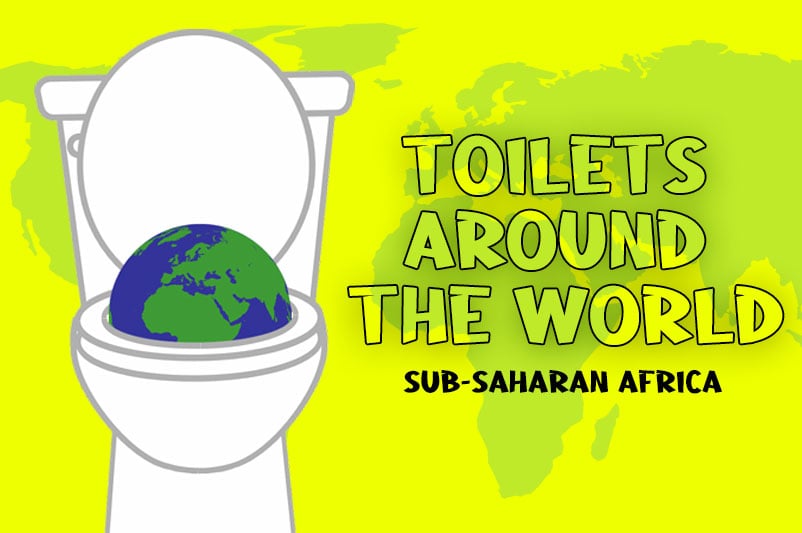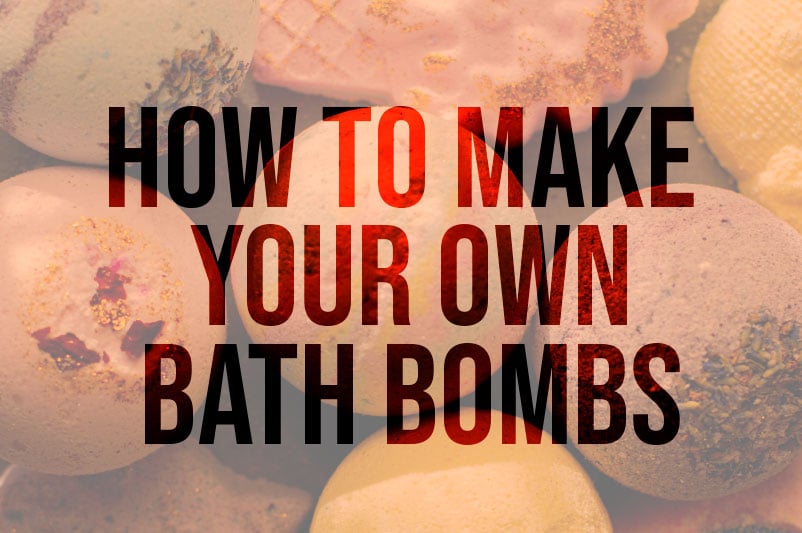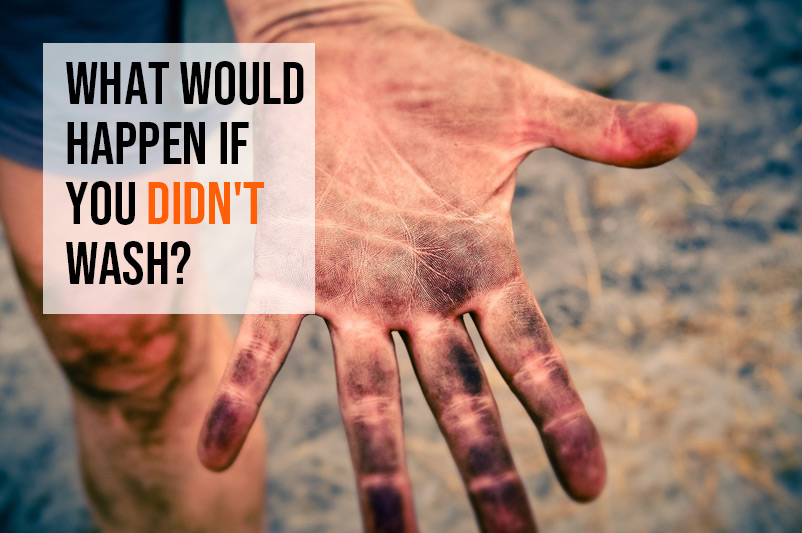How To Wash Your Hands Properly
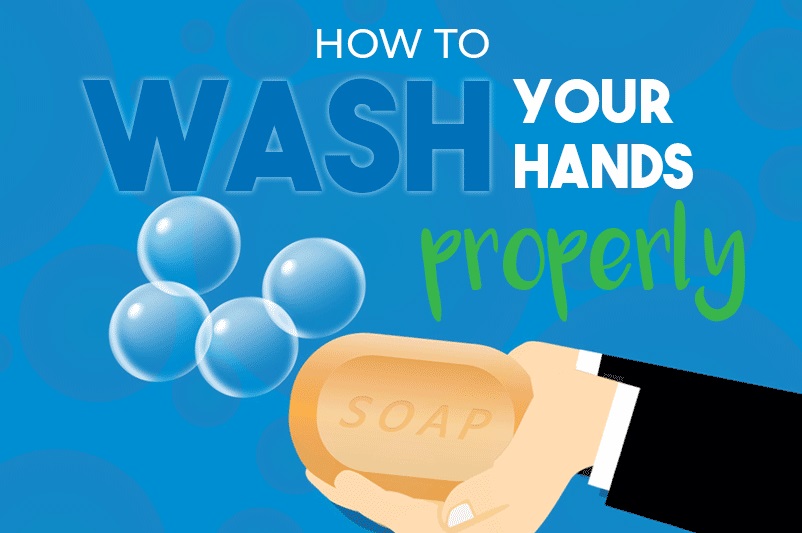
How To Wash Your Hands Properly
Hygiene has come a long way since the time of the Victorians, when scientists finally put two and two together and managed to work out that open sewers and poor standards of cleanliness caused a rise in diseases such as cholera and typhoid. One of the most basic hygiene practices is hand washing, as it stops germs and bacteria from spreading around from one area to another. So why are so few of us washing our hands properly?
Soap and Water
Those little bottles of antibacterial sprays and gels are hugely popular, and prey on people's worries about catching “germs” when they are out and about. However, it's generally accepted that they are less effective than plain old soap and water at getting the germs off our hands. Warm water is better for hand washing than cold water, and liquid soap is better than bars of soap as it spreads across the skin more effectively. Anti-bacterial soaps are available but plain liquid soap will do the job just as well. Remember also when you are washing your hands to remove any jewellery such as rings or bracelets. Don't be tempted to dispense with the handwashing in favour of disposable gloves - the bugs will stick to your gloves just as easily as they will to your skin.
When should I wash my hands?
It's easy to go over the top with hand washing, and think we should all be washing our hands, all of the time. If someone in the house is ill with a vomiting and diarrhoea bug, then it makes sense to wash hands a lot more frequently. In other circumstances though, you should make sure that you wash your hands before you eat or prepare food, after using the toilet or changing a child's nappy, after being in the garden, playing with pets, or between handling raw and cooked food. If you have a cold, wash your hands after you blow your nose or use a tissue.
Time is of the Essence
A study showed that only 5% of people wash their hands for a long enough time to clean them effectively. The average time taken to wash hands after using a public toilet was only 6 seconds, but experts agree that it takes at least 15 or 20 seconds to wash your hands properly. A good rule to teach children is that 15 to 20 seconds is about the time it takes to sing “Happy Birthday” twice through. Many of us are guilty of just splashing some water over our hands and running for the door, but this isn't good enough. Children will need to be taught the correct method for washing their hands and to be supervised doing it - get them into the habit of washing hands properly from an early age and they will develop good hygiene practices for the rest of their lives.
Proper Handwashing Technique
Once you've got your nice warm water and your liquid soap, follow the correct method for washing your hands. Many of us just rub the palms together, forgetting about the tops of the hands, wrists and in between our fingers. Start by rubbing palms together to build up a lather in the soap, then rub each palm over the back of the other hand to clean it too. Next interlock your fingers to clean the gaps between them, and clasp your fingers round each other to clean nails. Rub around your thumbs and then finally clean your palms again. This should take you around the 20 second mark. Once you have finished with the soap, rinse your hands with running, warm water and dry them carefully.
Disposable paper towels are probably the most hygienic method of drying your hands as they absorb all of the moisture and then can be discarded, but at home a towel is fine as long as you remember to launder it regularly. When a member of the family is ill, increase the frequency of hand washing, and clean towels and cloths more regularly too. It's usually a good idea to have a separate towel for each member of the family to avoid germs from spreading around the house.
If you enjoyed our post on How to Wash Your Hands Properly and want more fun content why not visit our post about How Often You Should Wash Your Hair


